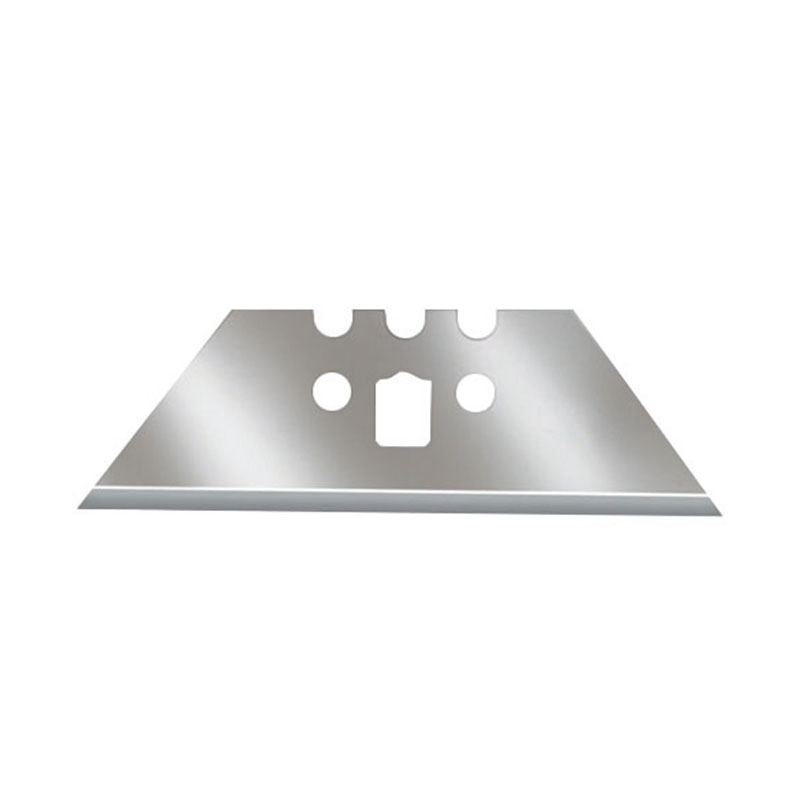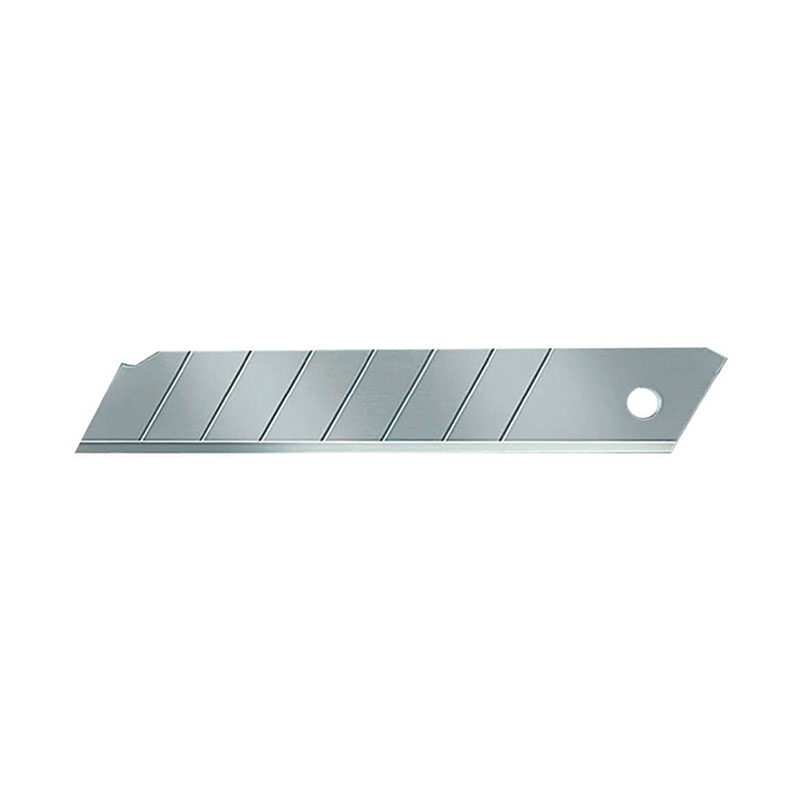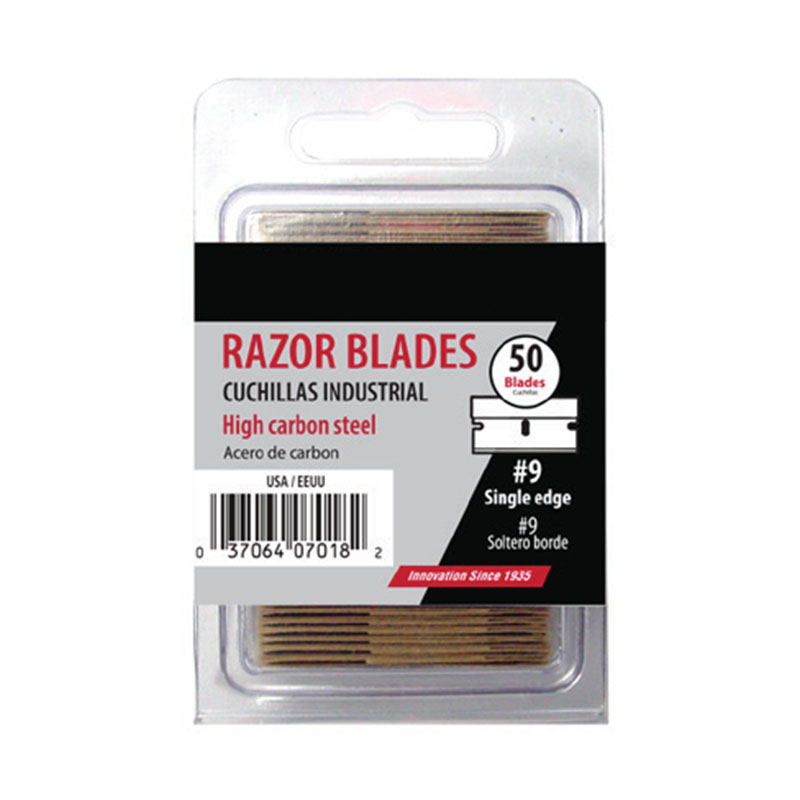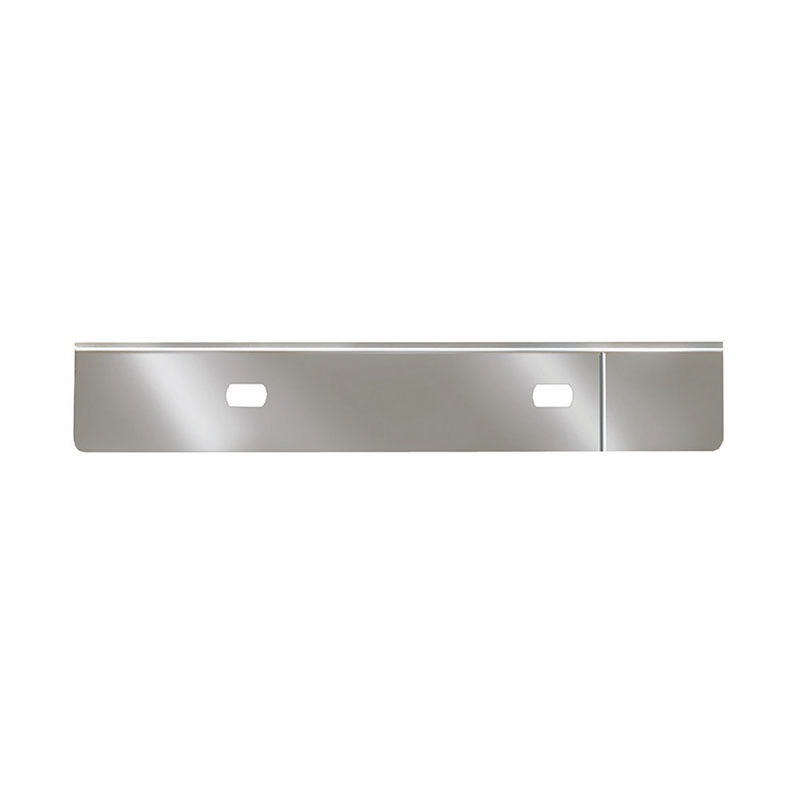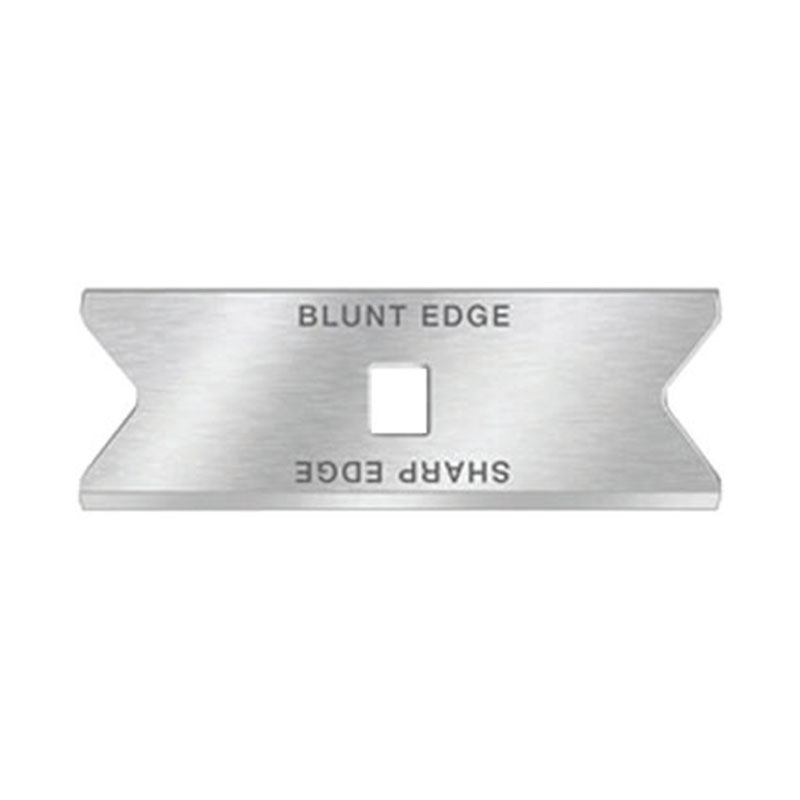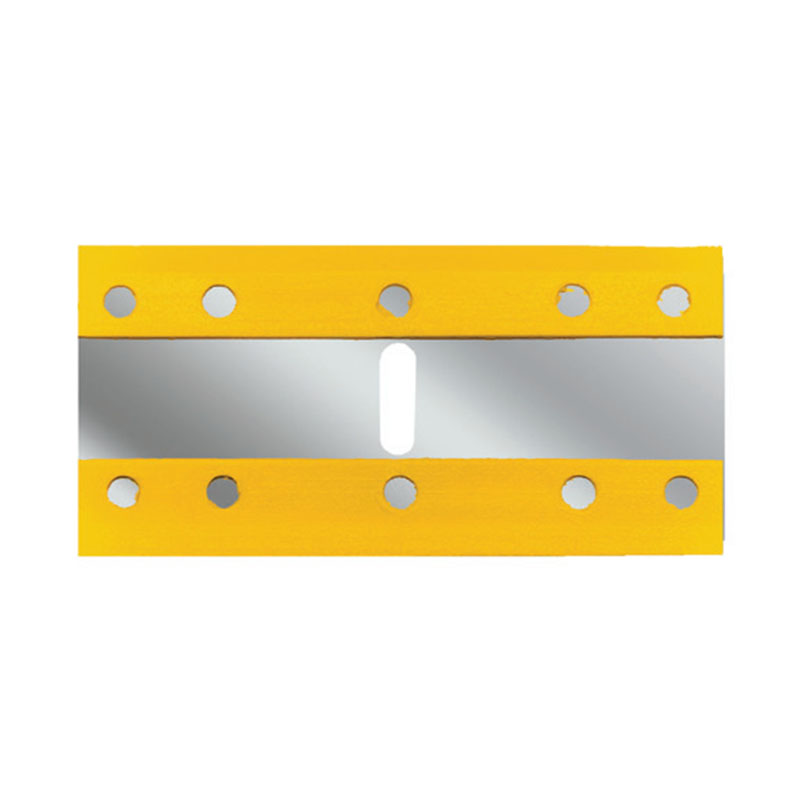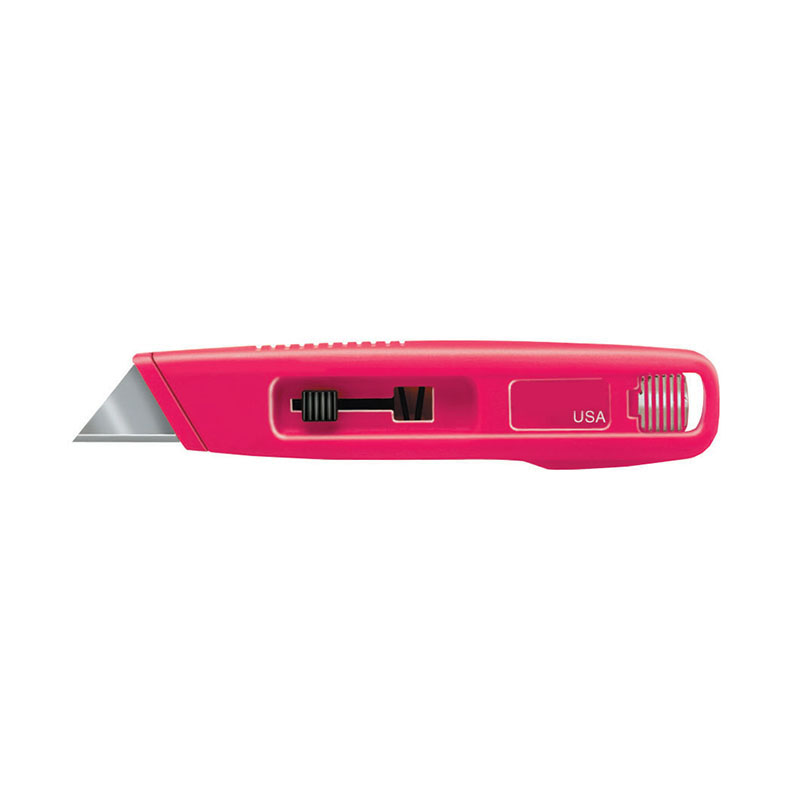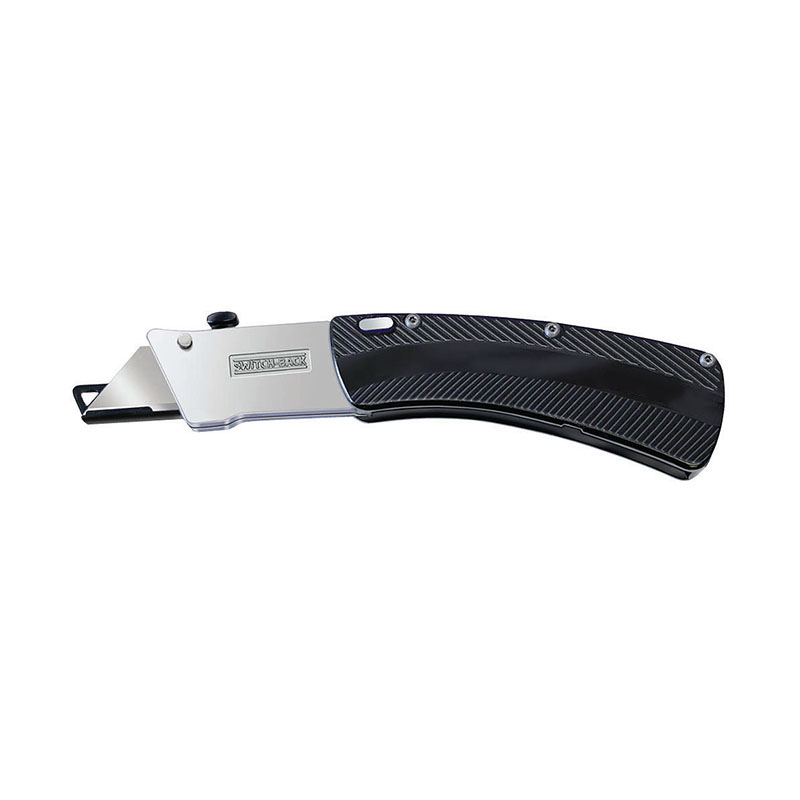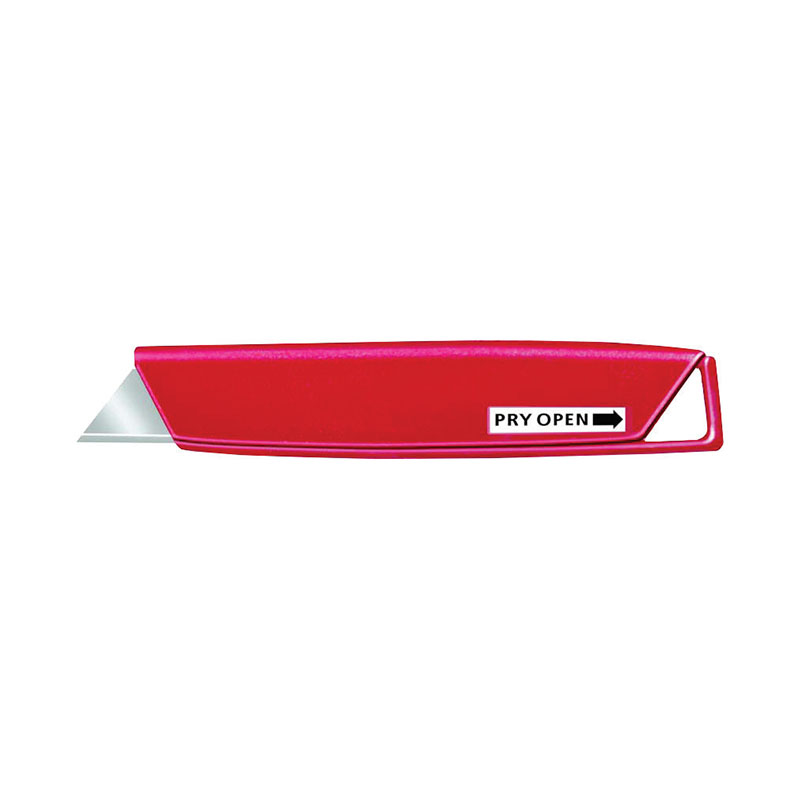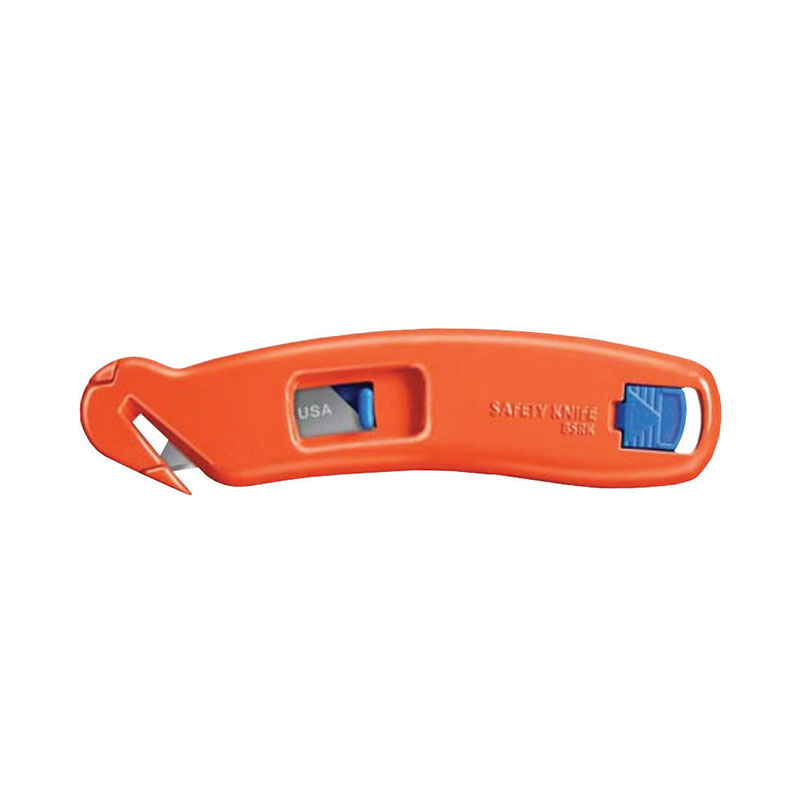- Home
- About
- Products
- Steel Wire Brush With Wooden Handle
- Brass Brush
- Steel Wire Brush With Plastic Handle
- Painting Tools
- Floor Brush And Scrubber Brush
- Painting Brush
- Patented Products
- Industrial Gloves
- Architectural Paint Brush Tool
- Knives & Blades
- Scrapers & Blades
- Putty & Joint Knives
- Taping Knives
- Drywall Repair
- Wallpaper / Flooring / Masonry
- Industrial Brushes
- Paint Accessories
- Other Hardware Tools
- Service
- Blogs
- Contact
Web Menu
- Home
- About
- Products
- Steel Wire Brush With Wooden Handle
- Brass Brush
- Steel Wire Brush With Plastic Handle
- Painting Tools
- Floor Brush And Scrubber Brush
- Painting Brush
- Patented Products
- Industrial Gloves
- Architectural Paint Brush Tool
- Knives & Blades
- Scrapers & Blades
- Putty & Joint Knives
- Taping Knives
- Drywall Repair
- Wallpaper / Flooring / Masonry
- Industrial Brushes
- Paint Accessories
- Other Hardware Tools
- Service
- Blogs
- Contact
Product Search
Exit Menu
Putty Knife: Trends, Techniques and Selection Advice
The Putty Knife remains one of the essential tools in painting, renovation, and surface preparation. It serves as a reliable companion for both professionals and DIY enthusiasts who aim to achieve smooth finishes, clean repairs, and precise applications. Its versatility in handling different materials, from plaster to wood, has secured its place in workshops and households around the world.
Evolving Trends in Putty Knife Applications
Across social media platforms, conversations about home improvement and tool efficiency highlight growing interest in the design and comfort of the Putty Knife. Users share experiences about selecting the right size and blade flexibility to achieve clean results. In professional environments, demand has shifted toward ergonomic handles and durable blades that reduce strain during long hours of use. This movement toward practicality and comfort shows how even traditional tools continue to evolve to meet modern expectations.
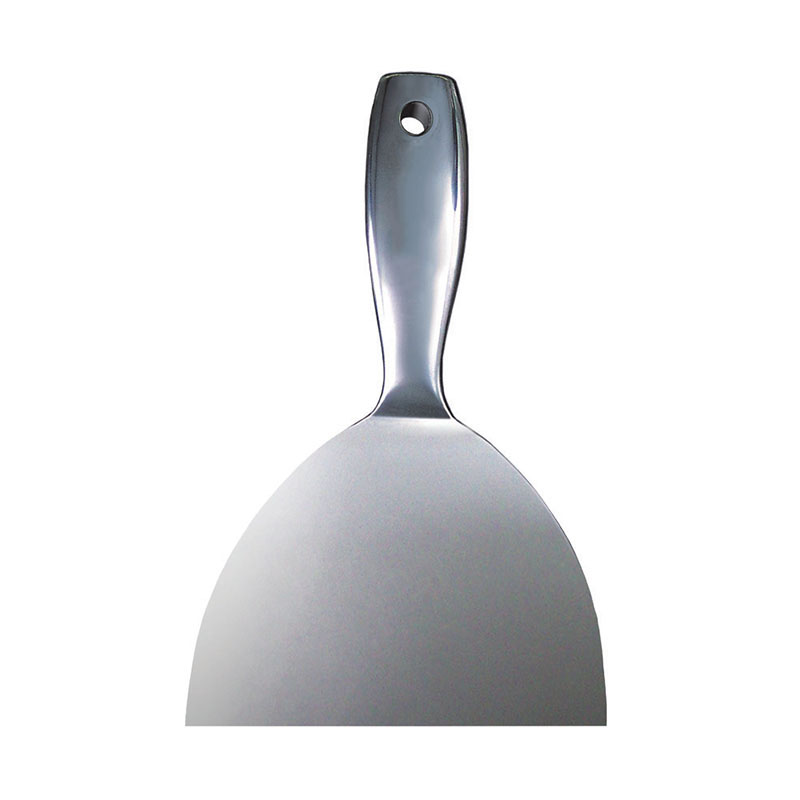
Essential Functions and Everyday Use
The Putty Knife serves multiple purposes across different tasks. It is commonly used to spread filler into cracks and holes, ensuring a flat surface before painting or coating. It can also scrape off old paint, adhesive residue, or wallpaper fragments. When used properly, it enhances efficiency and helps achieve a professional appearance during maintenance or remodeling projects. The tool’s ability to balance control and flexibility makes it suitable for a range of applications in both residential and industrial settings. From repairing furniture to restoring walls, its usefulness extends across many daily construction and repair activities.
Blade Design and Material Choices
When selecting a Putty Knife, the material and rigidity of the blade are key factors. Stiff blades are suitable for scraping tasks or removing hardened material, while flexible blades allow smoother application of filler or compound. Stainless steel blades resist corrosion and are easier to clean, while carbon steel offers a sharp edge for precision tasks. For lighter work, plastic blades prevent surface damage. Handle materials affect comfort and grip, especially for continuous use. Modern designs often include contoured grips or non-slip coatings to improve control and safety during operation.
Maintenance and Common Mistakes
Proper maintenance extends the lifespan of any Putty Knife. After each use, it should be cleaned thoroughly to prevent material buildup or rusting. Storing the knife in a dry place helps maintain its performance and shape. A frequent mistake among users is applying too much pressure, which may damage both the surface and the tool. Gentle, even strokes and the correct angle of movement make better finishes and reduce the need for rework.
Innovation and Future Development
Manufacturers are introducing innovations such as anti-rust coatings, replaceable blades, and multi-functional designs that integrate several tools in one handle. These updates aim to improve usability and longevity while keeping the tool efficient for varied applications. Ergonomic enhancements and sustainable materials are also becoming central themes in the tool industry’s future direction. Smart manufacturing methods are being explored to increase precision in blade shaping and reduce production waste, reflecting a broader trend toward eco-conscious tool design.
Conclusion
The Putty Knife continues to play a vital role in achieving clean, professional results in both renovation and maintenance tasks. Understanding its different designs, materials, and applications ensures that users can select the appropriate tool for their needs and maintain high-quality outcomes in every project.
-
 +86-13906791151
+86-13906791151
-
 sales@sanjiantools.com
sales@sanjiantools.com
-
 No.1 Xinggong Road, Huangzhai Town, Pujiang County, Zhejiang Province, China
No.1 Xinggong Road, Huangzhai Town, Pujiang County, Zhejiang Province, China


Client
Copyright © Zhejiang Pujiang Sanjian Tools Co., Ltd. All Rights  浙公网安备33072602100309号
Reserved.
浙公网安备33072602100309号
Reserved.

Construction Paint Tools Factory
 sales@sanjiantools.com
sales@sanjiantools.com 

 中文简体
中文简体 Deutsch
Deutsch Español
Español